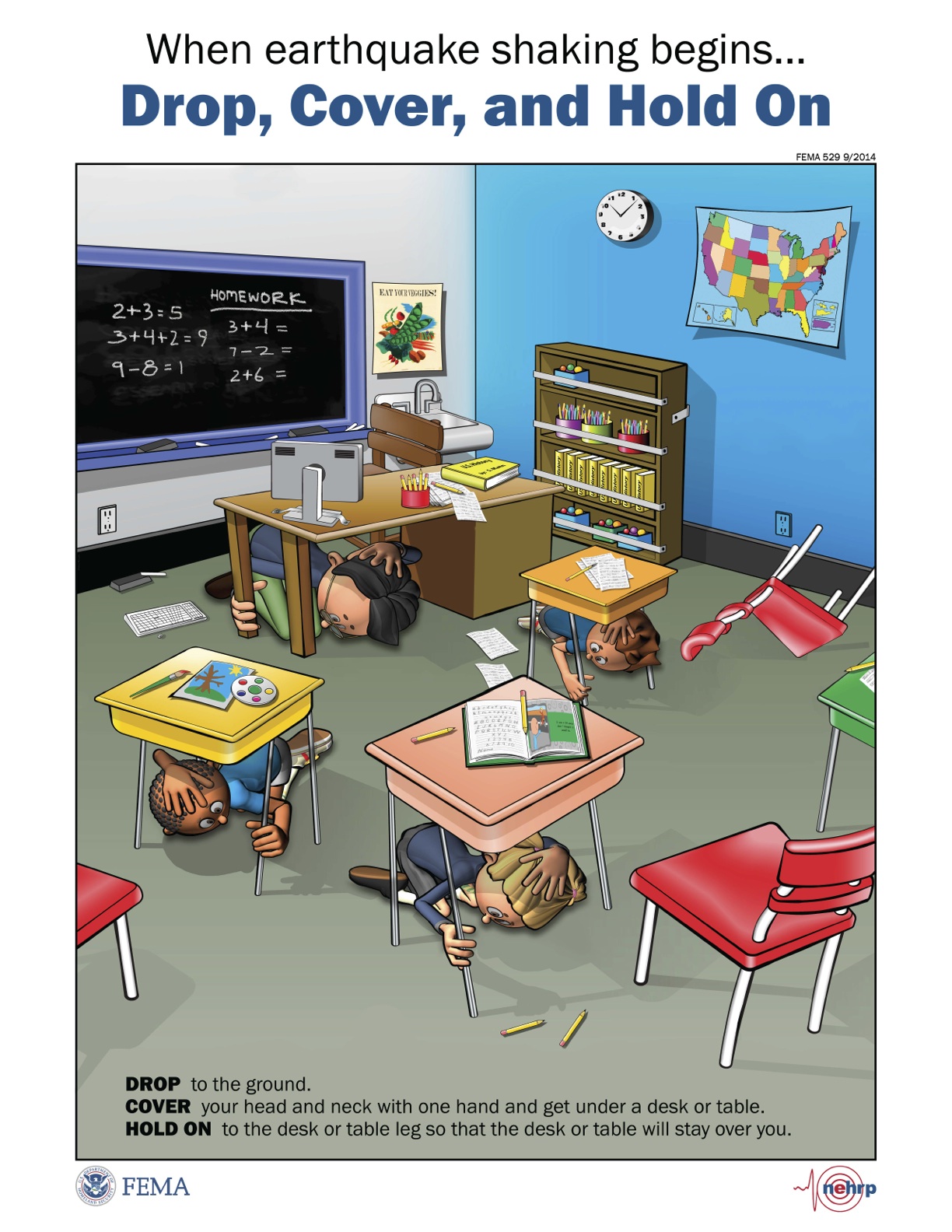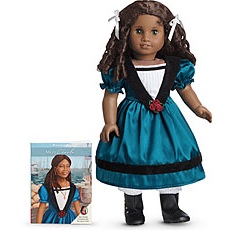When the film adaptation of The Fault in Our Stars opens tomorrow, it’s primed to make more tween and teen girls cry than any movie since the one in which Leo froze into the dreamiest iceberg the North Atlantic has ever seen.
If it seems insensitive to make light of tragedy, well, that’s exactly the type of gallows humor on display throughout TFIOS. The star-crossed lead characters, Hazel and Augustus, are uncommonly wise in the ways they process their poor prognoses (it’s not a spoiler to say that they’re both dealing with serious cancer of one stage and sort or another), but they are teens, so they’re also snarky as all get-out.
It took me a while to work up to reading John Green’s 2012 bestseller. Despite the stellar reviews and recommendations from friends whose taste in books I trust, as a mom I was loath to spend my leisure time contemplating the death of a child, even a fictional one (much less two). Realizing that the film will propel this train past the cult-classic status it’s already attained, it seemed time to get over myself and dig in. But I cheated.
Knowing how little it takes to start me crying, I first read the plot summary on Wikipedia, so I’d be able to steel myself for the worst. I know; I’m embarrassed. But the ploy worked. And then it didn’t.
It worked because when the devastating plot twist in the middle of the story happened, I didn’t so much as blink an eye. And I didn’t speed through the crushing ending to find out what happens next, because I already knew.
But it didn’t work because, though I shed not one tear, I was genuinely moved by the book. I loved Green’s crisp, unsentimental writing, even if I didn’t believe his protagonists could be so preternaturally articulate about their plight — I don’t know teenagers, even smart ones, who speak as cohesively and eloquently as they do. (I much preferred their buddy Isaac’s angry raging against his literal dying of the light — it felt so much realer than the beyond-our-years platitudes Gus and Hazel spout.) I admired the extended European quest that at one point juxtaposed our heroes with another doomed girl, Anne Frank. And I appreciated that however sanguine the kids appeared about their fate, there was no escaping their illnesses, with the ubiquitous presence of cannulas, PET scans, stomach tubes and the like. These graphic details are important.
TFIOS is hardly the first weeper young girls have flocked to. The tradition stretches back beyond Romeo & Juliet, the Shakespeare play this resembles far more than Julius Caesar, which Green cites in his title ("The fault, dear Brutus, is not in our stars, But in ourselves, that we are underlings"). And teens picturing their own funerals harks farther back than Twain’s Tom Sawyer. But it’s usually just one of the main characters who has to face mortality, so kids are able to imagine themselves as the person left behind, not the one doing the leaving.
I get concerned about all the girls who are projecting themselves into Hazel’s shoes, because they’re also projecting themselves into Hazel’s air tank and hospital bed. I’m not sure that’s healthy (for once, no pun intended), and it's something parents might want to monitor to ensure their kids stay in the land of the living. And let’s face it, there’s not a real boy alive who can hold an emotional candle to the idealized Augustus. I feel for my own tween and teen sons, who’ll eventually, inevitably fall for a girl whose first idea of first love is a perfect dying boy.
But when they do, I’ll hopefully be able to better help them through it because I’ve read this book and, subsequently, understand the context their generation will superimpose over the concept of romance from tomorrow’s film release on.
I don’t believe parents need to read along with every YA book their children become obsessed with (I will never read Divergent, sorry), but this one’s different. The stakes are high and the reach far; this story is likely to have a lasting impact on many of our kids. And despite its fictional nature, the emotions it elicits are raw and real. So despite any discomfort it may bring up, if your young adult is reading TFIOS, pick it up, try not to weep — and maybe get a glimpse into what makes her heart beat, whether today or in years to come.
Have you read The Fault in Our Stars? Chime in with your own thoughts below.






